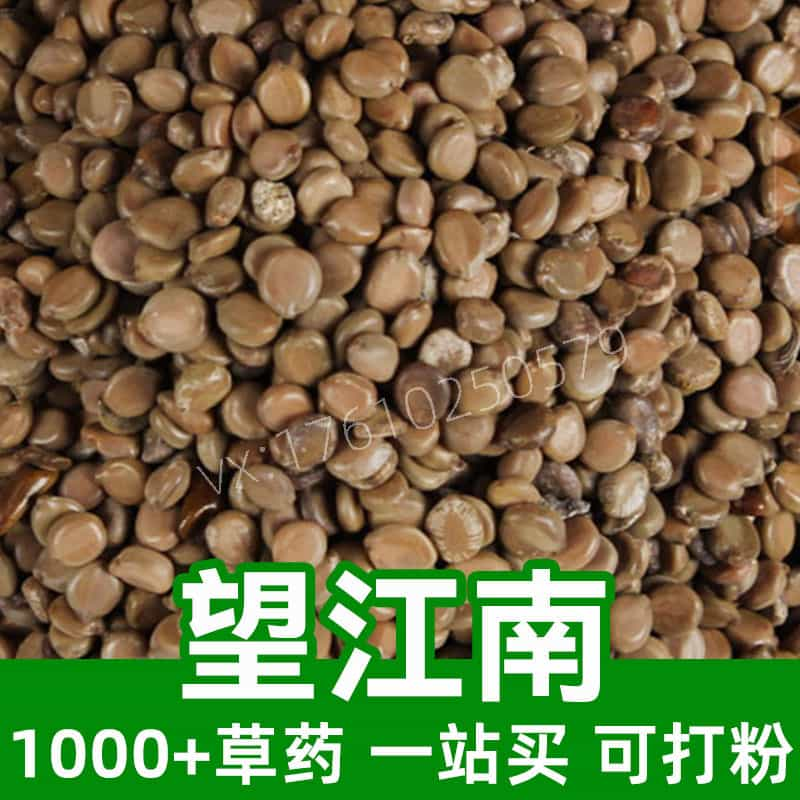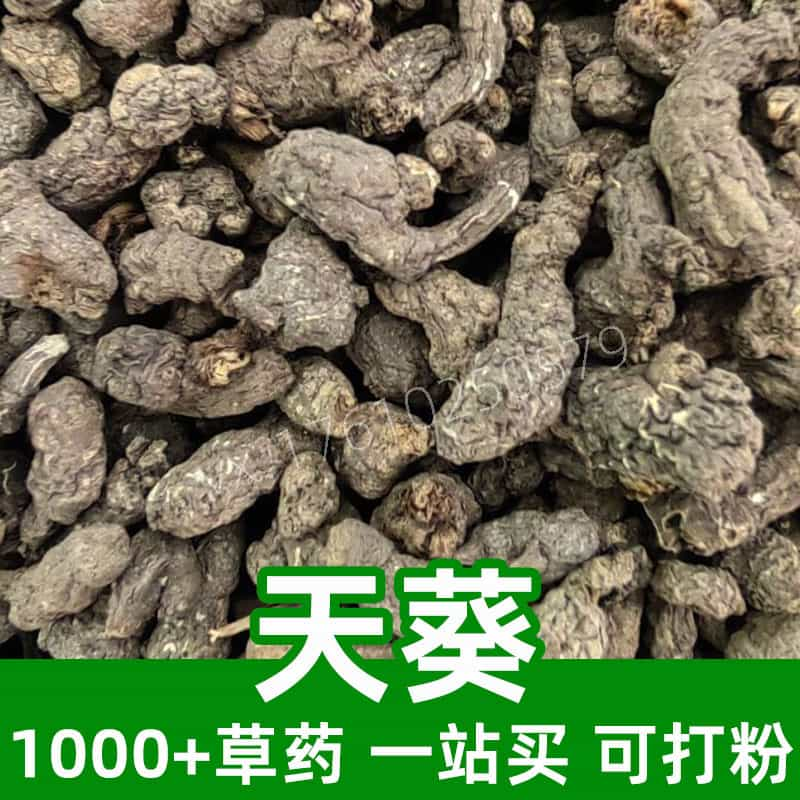Product Introduction
Curculigo, specifically Curculigo orchioides, is a well-known herb in traditional Chinese medicine (TCM) recognized for its extensive use in herbal formulations. This perennial plant, commonly referred to as "Golden Eye Grass," thrives in tropical and subtropical climates, particularly across various regions in Asia, including India and Indonesia. The herb is primarily harvested for its rhizomes, which are rich in bioactive compounds and believed to offer various health benefits.
In TCM, curculigo is classified as an adaptogen, often utilized to support kidney health and vitality. It is particularly valued for its purported traditional applications in enhancing physical stamina and promoting overall wellness. The rhizome is characterized by its rich content of flavonoids and glycosides, contributing to its reputation as a valuable therapeutic ingredient. In addition to traditional uses, curculigo has been integrated into modern dietary supplements, showcasing its versatility.
Aside from its health-related applications, curculigo is also appreciated in culinary contexts, where it is included in health-conscious recipes. Its unique taste profile, combining slight bitterness with subtle sweetness, makes it a compatible addition to various dishes, aligning with the holistic principles of nourishment found in traditional Chinese dietary practices.
Main Active Ingredients
Curculigo contains a diverse array of bioactive compounds that contribute to its functionality and therapeutic potential in traditional practices. The primary active ingredient, curculigoside, is a glycoside known for its antioxidant properties. This compound plays a significant role in combating oxidative stress, which can help in maintaining cellular health.
In addition to curculigoside, curculigo also consists of various flavonoids, phenolic compounds, and essential oils. These components work synergistically to enhance the herb's bioavailability and efficacy. Other notable compounds include alkaloids and saponins, which are attributed to their potential adaptogenic properties, supporting the body's stress response and promoting vitality.
The flavonoids present in curculigo not only contribute to its distinct flavor but also exhibit a wide range of biological activities including anti-inflammatory and immune-modulating effects. This rich composition underscores curculigo's status as an important herb in both traditional medicine and contemporary herbal supplementation.
Moreover, curculigo’s biochemical profile ensures that it can interact with various physiological pathways within the body, accentuating its role in promoting holistic health. The research surrounding these active ingredients continues to evolve, providing deeper insights into their benefits and ways to harness curculigo's potential in various therapeutic applications.
Product Application Scenarios, Usage, and Dosage
Curculigo is a versatile herb used predominantly in traditional Chinese medicine, with applications extending into dietary supplement formulations and culinary arts. In TCM, curculigo is often prescribed for individuals seeking to enhance kidney function, vitality, and overall wellbeing. The typical preparation method includes decocting the dried rhizome into teas, tinctures, or powders.
Dosage varies according to the preparation method and individual needs but generally falls within the range of 5-15 grams of dried rhizome for a decoction. When consuming curculigo in powdered form, a typical dosage may range from 1 to 3 grams. It is advisable to combine curculigo with other complementary herbs to amplify its effects, such as ginseng or goji berries, especially in formulations aimed at revitalizing energy.
In the culinary context, curculigo can be incorporated into soups and herbal teas, catering to health-conscious consumers looking to add a functional ingredient to their diet. Its unique flavor profile allows it to be combined with various other herbs and spices, making it a valuable addition to health-promoting recipes.
As with any herbal supplement, it is recommended that individuals consult with a healthcare provider or an experienced practitioner of traditional Chinese medicine before starting a curculigo regimen, to personalize dosage and ensure it aligns with their health goals and conditions.
Introduction to the Source Plant, Distribution, and Growth Environment
Curculigo orchioides, the species commonly used, grows as a perennial herb that thrives in moist, shaded environments often found in tropical and subtropical regions of Asia. This plant is predominantly distributed across countries such as India, Indonesia, Malaysia, the Philippines, and parts of China. It flourishes in diverse habitats, including forested areas, grasslands, and regions with rich, well-drained soil.
The growth environment plays a significant role in the herb’s quality and potency, with curculigo preferring a warm climate and consistent moisture. The plant's rhizomes are harvested during the flowering season, usually in the late summer or early autumn, ensuring they have reached optimal maturity for the highest concentration of active compounds.
Curculigo plants are generally propagated through seed sowing or by dividing rhizomes, making them relatively easy to cultivate. In addition to wild harvesting, there is a growing trend in cultivating curculigo farms, which helps to ensure a sustainable supply of this valuable herb while preserving its natural populations.
Due to its extensive use and demand in traditional medicine and herbal supplements, preserving the growth environment of curculigo plants is critical. Conservation efforts and sustainable harvesting practices are encouraged to maintain the ecological balance and longevity of curculigo orchioides in the wild.
Harvesting, Processing, and Storage
The harvesting of curculigo is a meticulous process that requires careful timing and technique to ensure the rhizomes are collected at their peak potency. Generally, the rhizomes are harvested in the late summer to autumn months after the plant blooms. Skilled harvesters gently uproot the rhizomes from the soil, taking care not to damage them, as this can affect the quality and quantity of the active ingredients.
Once harvested, the rhizomes undergo a washing process to remove excess soil and impurities, followed by slicing into smaller pieces if necessary. The cleaned rhizomes are then traditionally dried in shaded areas or using controlled drying methods to preserve their bioactive compounds. Proper drying is essential to prevent mold formation and ensure a longer shelf life.
After drying, the processed rhizomes can be ground into a powder or stored whole for further use in herbal formulations. The rhizome material is then packaged in airtight containers to protect against moisture, light, and air, which can contribute to nutrient degradation. When stored correctly in a cool, dry environment, dried curculigo can maintain its effectiveness for several years.
For both traditional and commercial purposes, continued research and quality control measures are essential during the processing stage to ensure that curculigo products meet safety and efficacy standards. The establishment of standardized processing techniques can help guarantee that consumers receive products of consistent quality and potency, thereby supporting its role in traditional and modern health practices.
Monica Sun is a seasoned expert in the natural raw materials industry, with over a decade of experience specializing in traditional Chinese medicinal herbs, spices, and fungi. She is skilled in the sourcing, processing, and application of these materials, emphasizing sustainability and innovation. Monica Sun has contributed to the development of high-quality natural raw materials that serve as essential components in functional foods, pharmaceuticals, and cosmetics, delivering tailored solutions to meet diverse market needs.












